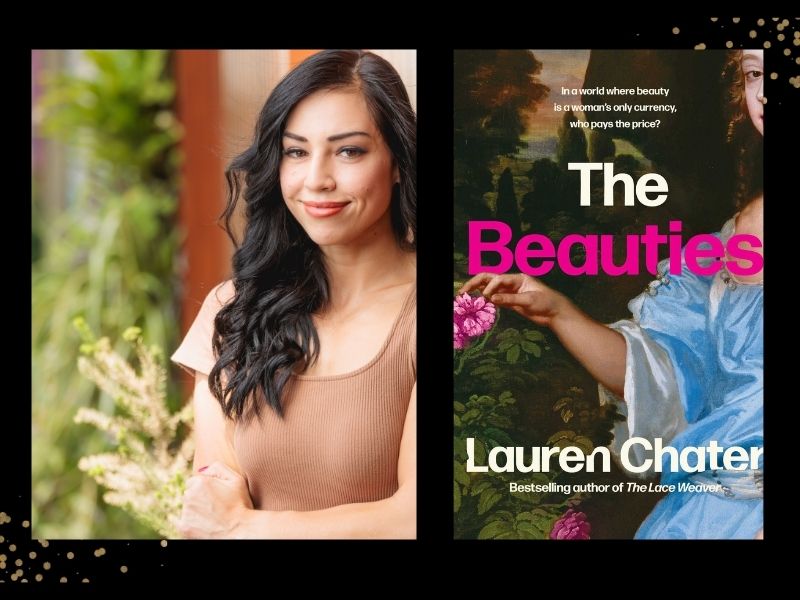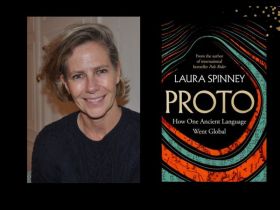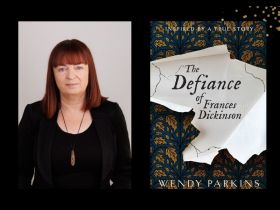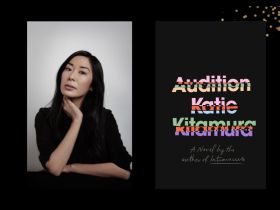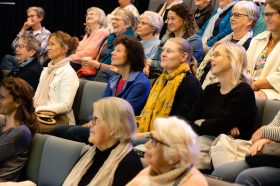Best-selling author Lauren Chater’s The Beauties is historical fiction through a feminist lens. Based on true events, the novel is told from three perspectives: Anne Hyde (Duchess of York), Emilia Lennox, a young woman who catches the eye of King Charles II, and Henry Greenhill, an assistant painter tasked with painting Emilia’s portrait.
All three narrators share a love of and respect for visual art, which Chater conveys through detailed prose, as well as the overarching plot. Emilia’s artistic aspirations are initially quelled by circumstance. She both longs for and recognises the cognitive toll of her snatched moments of creativity, reflecting that ‘she must find inside herself a space generous enough to accommodate the demands of her consciousness’. Later, art becomes her bargaining chip against the King. It is similarly pivotal for Henry, who would not have any income, home or purpose without it, and views it as both a valuable craft and an opportunity to elevate his social status.
Chater depicts the blatant class divides of 17th century England. Anne Hyde experiences upward mobility, propelled from being the princess’ attendant to her sister-in-law. Henry and Emilia experience the opposite, gaining an appreciation of the interdependence such a stratified system necessitates. Henry observes the way that class shapes the dynamics between his apprentices, taking the poorest (and youngest) under his wing.
Anne’s friendship and the support she receives from Henry’s boss is instrumental to her navigation of her elevated position at court. Finally, thanks to a generous and wealthy founder, Emilia finds employment as a set painter in London’s first-female owned theatre. By virtue of their gender and the patriarchal norms of their time, Anne and Emilia have fewer choices than Henry and are often swept along by the current of unfolding events.
Anne and Emilia are an instrument through which Chater can portray the small but significant moments of choice and rebellion women seek in a world that oppresses them. For instance, Emilia travels to the palace day after day, even as those around her give up on an audience with the king, and her persistence is rewarded.
But Chater demonstrates that the patriarchy can and should be challenged by men as well as women. Henry, for all his goodness, is unaware of the barriers faced by the women around him until Emilia points them out. Only then does he recognise that, for a woman, being a painter would have seemed ‘unattainable, the path littered with obstacles almost too numerous to overcome’. The cage of gendered expectations and the lack of awareness of those with privilege will be all too familiar for readers in the present day.
At certain instances we’re reminded that the novel, though set in the 17th century, was written in the 21st, such as when Emilia, jarringly, reflects on the need to silence her ‘inner critic.’ Those moments aside, the novel is immersive and engaging.
Read: Book review: Plot Twist, Jana Firestone
A celebration of the strength and importance of women, even (especially) at a time when they had far less agency, The Beauties powerfully holds up a mirror to the misogyny that underpins our society and suggests that change, though gradual and hard-won, is possible.
The Beauties, Lauren Chater
Publisher: Simon & Schuster
ISBN: 9781760850241
Format: Paperback
Pages: 384pp
Publication date: 3 April 2024
RRP: 32.99
